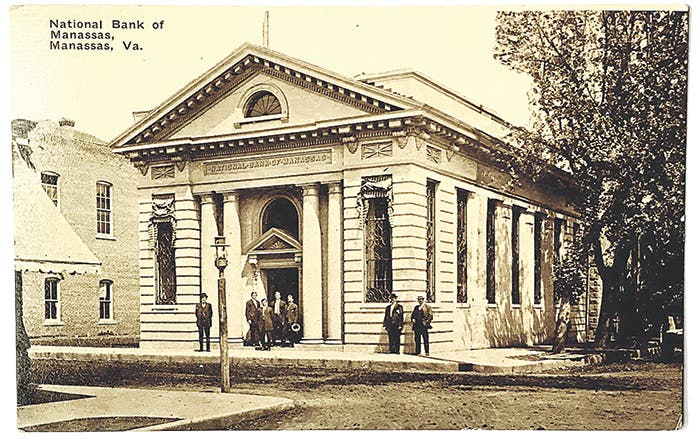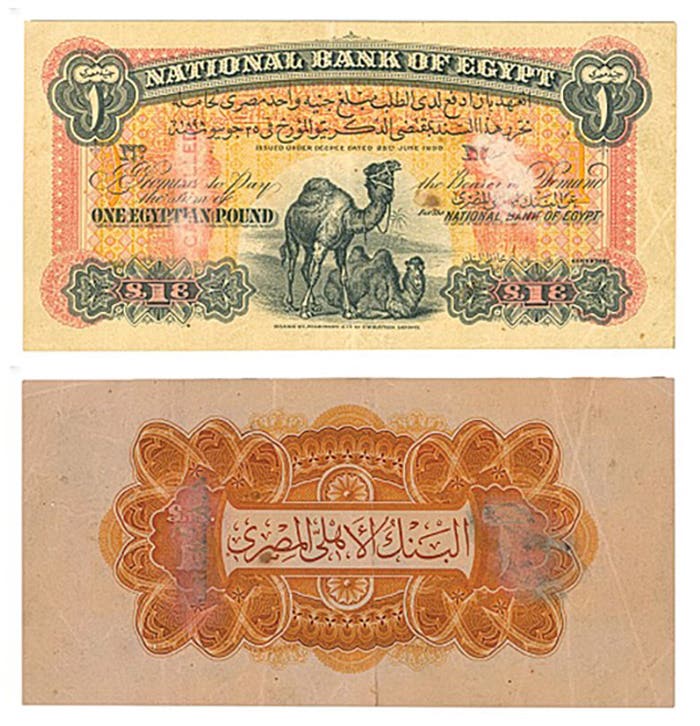General Francis E. Spinner and Fractional Currency
How Francis Spinner and Sophia Holmes left their mark on U.S. history—one with a signature, the other with integrity.
If you collect fractional currency, you are undoubtedly familiar with the name Francis E. Spinner (1802–1890). Mr. Spinner served as the Treasurer of the United States from 1861 to 1875. Mr. Spinner played an important role in stabilizing the Union's finances during the American Civil War. His legacy is literally printed on money—fractional currency, to be exact. These small-denomination notes, issued due to coin shortages during the war, became a staple of daily transactions in the 1860s and 1870s. And Spinner's signature—an elaborate and unmistakable flourish—graced each of them.
Spinner's bold and artistic signature became so iconic that it was instantly recognizable across the nation. It added a sense of authenticity and personal accountability to the currency at a time when trust in government finances was fragile. His face also appeared on the 50¢ fractional note, making him one of the few officials honored on paper money during their lifetime. This visibility made Spinner a household name and a recognizable figure to the broader public.
Spinner's contributions went far beyond penmanship. He was known as a diligent and principled man who often walked the halls of the Treasury building at night to ensure that operations ran smoothly. During one of these nightly rounds, an incident occurred that forever cemented his reputation—not just as a public servant but as a man of fairness, values, and integrity.
In 1862, an African American woman named Sophia Brown Holmes (c. 1825–1900), who was working as a janitor in the Treasury Department, discovered a box of unguarded currency while cleaning. The large stack included bills with denominations as high as $1,000, an enormous sum of money at the time. Ms. Holmes faced a difficult choice: she feared she could be accused of theft if she tried to report the discovery and was found carrying the money. Instead, knowing that Mr. Spinner routinely made evening rounds, she waited until he arrived. When Spinner came to the Treasury building, she handed him the stack of notes and explained the situation.
Deeply impressed and touched by her honesty, Mr. Spinner took the unprecedented step of promoting Holmes to the position of messenger, making her the first African American woman formally employed by the federal government. President Abraham Lincoln even commended her act of integrity. This appointment marked a significant milestone in the history of African Americans and women in federal service.
Sophia Holmes would go on to have a long and respected career in the Treasury Department, serving under nine presidential administrations over 32 years. She passed away in 1900 in Washington, D.C., and is now remembered as a trailblazer and a symbol of integrity.
Like Sophia Holmes's legacy, Spinner's represents a moment in American history when character, trust, and opportunity intersected to create lasting change not just in the Treasury but also in the broader scope of civil service.









